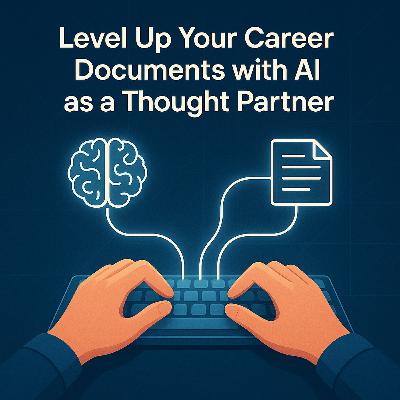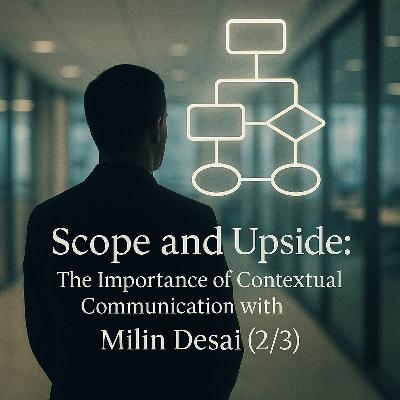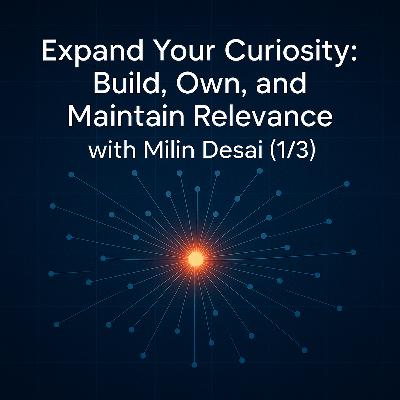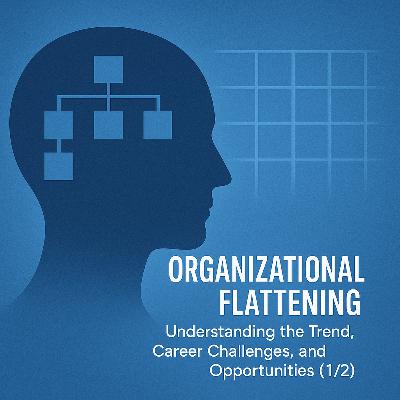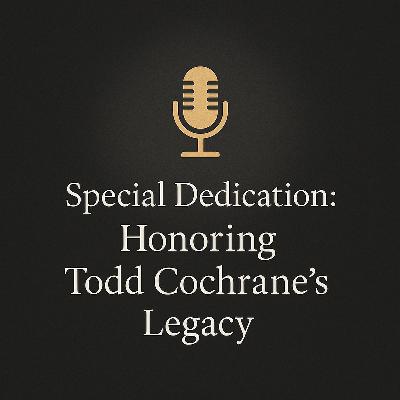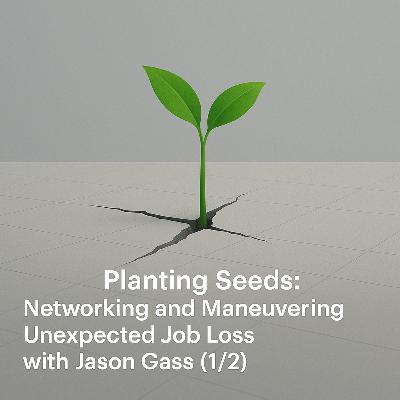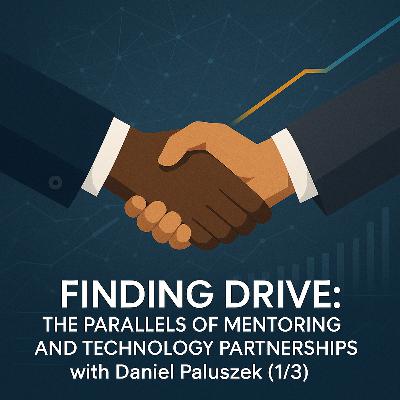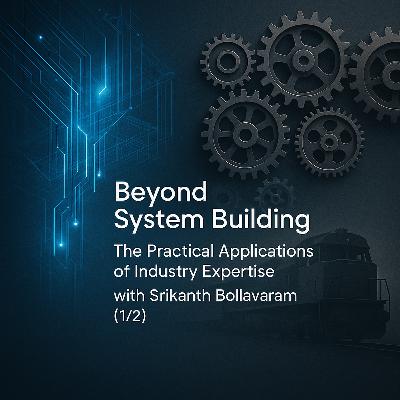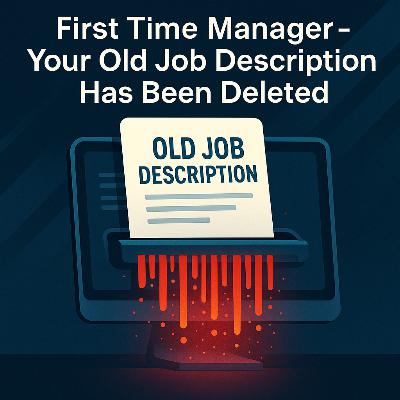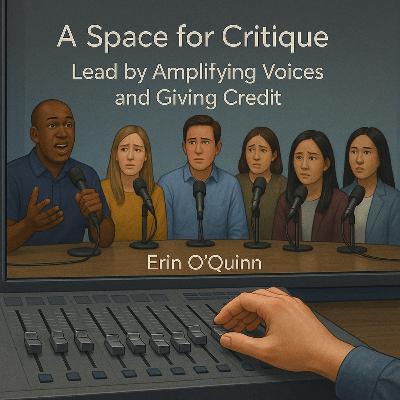Level Up Your Career Documents with AI as a Thought Partner
Update: 2025-06-24
Description
This week in episode 333 John flies solo in a discussion of using AI to help generate high-quality career documentation.
Original Recording Date: 06-23-2025
Topics – Refresh LinkedIn, Rewrite Your Resume, Outline a Blog Post, with AI as a Career Co-Pilot
01:03 – Introduction
*
This episode provides tactical advice for technology professionals on how to level up their career documents, such as resumes and LinkedIn profiles, by using Generative AI as a “thought partner.”
*
The goal is to improve career resilience in times of economic uncertainty.
*
2:03 The core philosophy presented is that when using AI, you must be the “thought leader,” and the AI should serve as your “thought partner.” This model, first encountered by the host in Geoff Woods’ book The AI Driven Leader, ensures you retain control over your career narrative and authentic voice.
2:35 – Act 1: The Philosophy
*
3:00 The roles in this partnership are clearly defined. As the thought leader, your job is to set strategy, own the message, provide the raw material (your experiences), and make final decisions. The AI’s job, as the thought partner, is to help brainstorm, suggest angles, challenge assumptions, structure thoughts, and rephrase sentences.
*
4:26 A key warning is that recruiters and hiring managers are becoming adept at spotting low-effort, inauthentic “AI slop.” An imperfect but authentic resume or performance review is considered far more valuable than a generic, AI-generated one. You can’t blame the AI for mistakes; you are ultimately responsible.
4:50 – Act 2: The Playbook
*
To get consistent, high-quality results from AI, John introduces a five-step method detailed in his blog post, Wielding the AI Chainsaw, a Starter Technique Toolkit. This process is designed to move from a simple request to a collaborative and structured session.
*
Step 1: Persona Prompting: Tell the AI who it should act as (e.g., a career coach, a skeptical engineer).
*
Step 2: Knowledge Generation: Have the AI pull foundational facts or frameworks relevant to your task before you begin.
*
Step 3: Task Specificity & Interactive Context Building: Give the AI a specific goal and instruct it to ask you clarifying questions to get the context it needs.
*
Step 4: Scaffolding: Provide the AI with a precise structure for its output.
*
Step 5: Reflection: Ask the AI to critique its own work based on your goals.
7:07 Workflow 1: LinkedIn Profile
*
The discussion details how to apply the five-step process to improve your LinkedIn “About” section.
*
Starting with your own messy first draft, you guide the AI by assigning it the persona of a senior technical recruiter (Step 1),
*
asking it for the critical elements of a great profile (Step 2),
*
having it ask you questions about your draft (Step 3),
*
requesting specific outputs like opening hooks and keywords (Step 4),
*
and having it review its suggestions for tone and authenticity (Step 5).
11:44 Workflow 2: Resume or Self-Assessment
*
This workflow demonstrates using the five steps to refine accomplishment descriptions. *
*
The process involves assigning the AI a career coach persona (Step 1) and
*
using the STAR (Situation, Task, Action, Result) method as the foundational framework (Step 2).
*
You provide a project description and a relevant job description, then have the AI ask questions to align your project ...
Comments
In Channel

